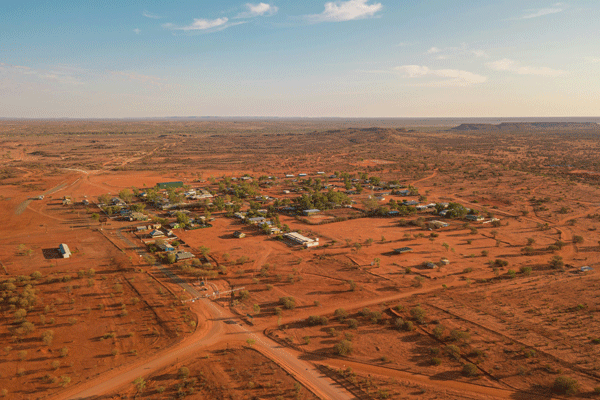Stretching across thousands of kilometres of open road, the Australian outback offers endless road and bush, quiet towns, and some of the toughest healthcare challenges. In isolated regions, a physiotherapist’s work goes far beyond standard clinic walls, reaching communities where access to care can mean travelling hundreds of kilometres or connecting through a screen. Every day is different. One morning might begin with a long drive to an outreach clinic, followed by telehealth consultations from a local community centre in the afternoon. Equipment is limited, colleagues may be hours away, and there’s no specialist department just down the hall for advice.
While the challenges are real – long distances, resource shortages and professional isolation – so are the rewards. Rural practice offers independence, variety and the chance to make a difference. As technology improves, new opportunities are emerging for physiotherapists working in remote areas.
Subscribe for FREE to the HealthTimes magazine
Working as a physiotherapist in rural and remote Australia comes with its own set of challenges, and for many, the biggest hurdle is isolation. Some catchments stretch across hundreds of kilometres, meaning long drives on dirt roads or small-plane flights to reach patients. Extreme weather, flooding, or road closures can disrupt plans for weeks, leaving communities without access to face-to-face care. This is also combined with professional isolation. Many physiotherapists work solo or in small teams, without easy access to peer support or mentorship.
Then there’s the lack of resources. Equipment that’s commonplace in a metropolitan hospital, from gait trainers to electrotherapy devices, often doesn’t exist in a remote clinic. Internet connections can be unreliable, and staff support is limited. The biggest difference, however, comes down to the breadth of practice. A rural physiotherapist has to step up and become a jack of all trades, treating children, athletes, farmers, aged care residents, and more, all in the same day.
Physiotherapists make these challenges work by adapting to the situation. One of the biggest game changers in recent years has been telehealth. A physio might fly to a small community once a month, then follow up weekly online to adjust exercises or monitor recovery. Through video calls, they can assess movement, guide exercises, and check progress. In many regions, this hybrid model is essential for managing chronic conditions and rehabilitation programs.
FEATURED JOBS
St Vincent's Care Services
Collaboration also plays a huge role. Physiotherapists in the outback rarely work in isolation from the wider health network. They team up with GPs, nurses, occupational therapists, Aboriginal health workers, and sometimes even teachers and sports coaches. These partnerships mean physio care becomes part of the community, rather than just a clinic rooom.
Some physios go a step further, training local health aids or family members to assist with basic exercise programs between visits. This shared-care approach builds local capacity and keeps people progressing even when the physio can’t be there in person.
Despite the distance, dust, and daily challenges, most rural physiotherapists will tell you they wouldn’t trade their jobs for anything. In small communities, they see the direct results of their work: the station hand who can get back in the saddle after a back injury, the older resident who stays mobile and independent, the teenager who returns to sport after surgery.
There’s also a sense of belonging. Living and working in a tight-knit community means developing genuine relationships, knowing your patients not just by name, but by family, work, and story.
Building a stronger rural workforce starts with education. Encouraging physiotherapy students to undertake rural placements can spark lasting interest in remote work. Mentorship programs, whether face-to-face or online, help new graduates feel connected and supported when practising far from major centres.
Technology, too, will play a growing role. Strengthening internet infrastructure and funding telehealth services can bridge gaps in access, especially for chronic disease management and aged care. Collaboration between public and private health sectors, local councils, and Indigenous health organisations will be key to creating sustainable, culturally safe care models tailored to each community’s needs.
Ultimately, supporting rural physios means recognising their work not as a stopgap for urban services, but as a cornerstone of Australia’s health system. With continued support, innovation and collaboration, they’ll keep doing what they do best – helping the heart of rural Australia stay strong, mobile and resilient.













